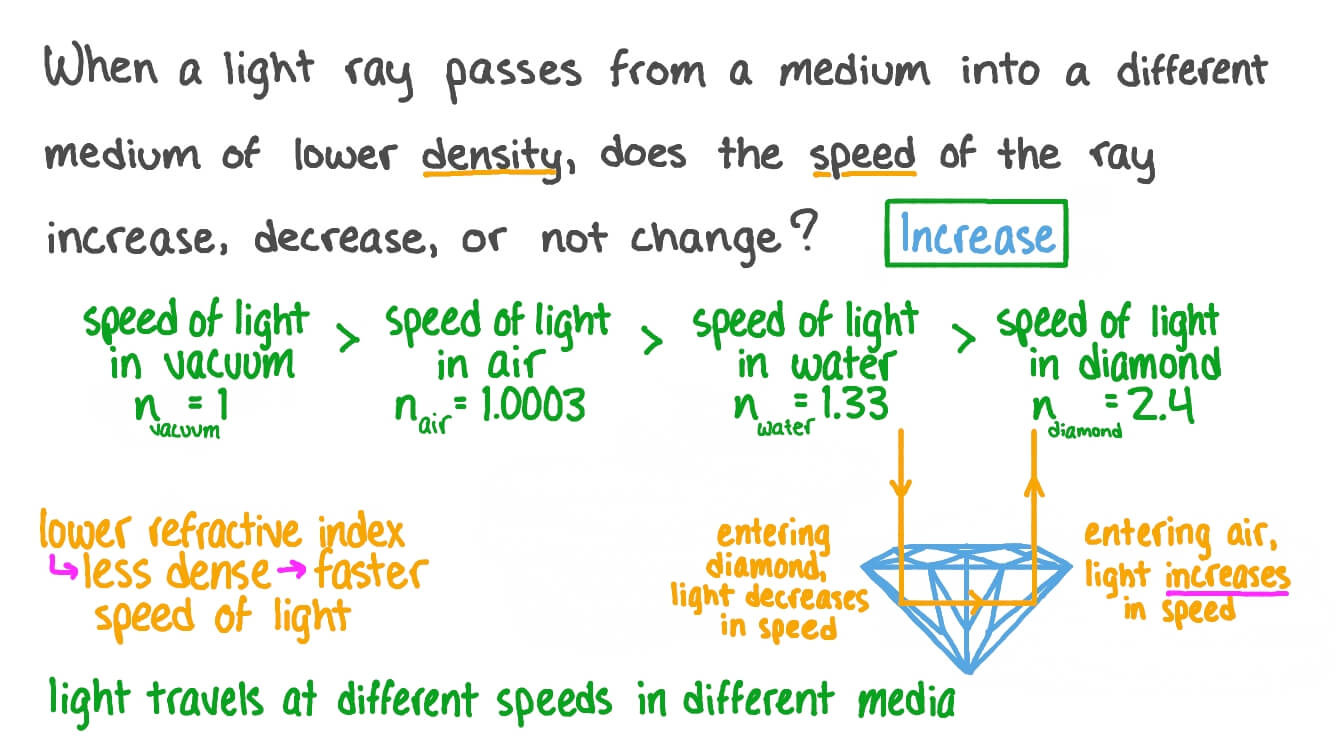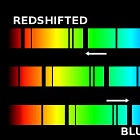What if the speed of light is much faster than the accepted 'constant' and varies? What if Einstein's 2 postulates are wrong?
Is the Universe billions of years old? Or is this based on an unproven parameter in an equation? What if the speed of light varies or is much greater than what we are told?
Poseurs and Postulates
Einstein’s 2nd ‘postulate’, carved into stone and worshipped by the faithful, states that light must be a constant 186.000 miles per second in a ‘vacuum’. This constant is the ‘fastest’ light or any particle can travel. By vacuum Einstotle (Einstein + Aristotle) meant a space of ‘nothing’ which has never existed. A vacuum is currently defined as the ‘lowest energy state in space’ whatever that means.
Two physicists, Geraint Lewis and Luke Barnes, believe that the ‘speed of light’ and the related measurement of ‘time’, are fundamentally impossible to prove. They support what Sagnac had discovered in 1913, and which has been replicated hundreds, if not thousands of times since. The implications of what they propose are ‘game-changing’.
“It turns out that if the speed of light varies with direction, so does length contraction and time dilation. The team considered the effects of anisotropic light on a simple relativistic model known as the Milne universe. It's basically a toy universe similar in structure to the observed universe, but without all the matter and energy. They found that the anisotropy of light would cause anisotropic relativity effects in time dilation and cosmic expansion. These effects would cancel out the observable aspects of a varying light speed. In other words, even if the universe was anisotropic due to a varied speed of light, it would still appear homogeneous.
One of the key claims that ‘Relativity is true’ is the apparent isotropy (homogeneity) of the universe from our platform on Earth. Other posts on this substack discuss why isotropy is false and why we have a universe of anisotropy. We have also discussed the anisotropy of light and the fact that the speed of light is either wrong or cannot be measured. Lewis and Barnes agree.
“….several physicists have pointed out that while relativity assumes the vacuum speed of light is a universal constant, it also shows the speed can never be measured. Specifically, relativity forbids you from measuring the time it takes light to travel from point A to point B. To measure the speed of light in one direction, you’d need a synchronized stopwatch at each end, but relative motion affects the rate of your clocks relative to the speed of light. You can’t synchronize them without knowing the speed of light, which you can’t know without measuring. What you can do is use a single stopwatch to measure the round trip time from A to B back to A, and this is what every measurement of the speed of light does.”
Einstotle and Relativists measure the round trip of the speed of light and divide by two. This is simple but is it scientific and accurate? What if pace Sagnac and other physicists, the speed of light varies moving away from us and is say, 0.5c? It would change everything including the purported ‘billions of years’ of the universe’s existence.
Instantaneous, unmeasurable?
Derek Muller and ‘science populariser’ Destin Sandlin discussed the impossibility of accurately measuring the speed of light (YouTube channel Veritasium). Pace Galileo’s work with mirrors on hillsides, it could well be that the speed of light is ‘instantaneous’ toward us as Galileo wrote. But as he sagely observed, we don’t know the speed away from us, except that it appears to be also ‘instantaneous’. As Muller surmised, it could be 0.5c away from us, and if that were the case, we would be seeing the universe as it is right now. But what if pace Galileo that hallowed saint of ‘The Science’, light speed is simply unmeasurable or just ‘instantaneous’?
As Barnes and Lewis observed, the issue with the speed of light is that there is no way to tell or prove whether light speed is anisotropic or variable in different directions, because the effects always cancel out. Say that light approached us faster than it left us. How would we observe the universe? It would look the same as it does now, except for one thing:
“If the speed of light varies with its direction of motion, then we would see the universe in a different way. When we look at distant galaxies, we are looking back in time because light takes time to reach us. If distant light reached us quickly in some direction, we would see the universe in that direction as older and more expanded. The faster light reaches us, the less “back in time” we would see.”
Lewis and Barnes state the conclusion this way in the paper dated Dec 18, 2020:
“The conclusion is that the presence of an anisotropic speed of light leads to anisotropic time dilation effects, and hence observers in the Milne universe would be presented with an isotropic view of the distant cosmos.”
The Milne universe or the simulation of Relativity using anisotropic light speed indicates a cosmological age that is nowhere close to what we are told. Even if light is anisotropic, from our platform on Earth, it would appear to be homogeneous or isotropic. We simply don’t know. This makes the claim of a 13.7 billion year old universe a supposition not a fact.
Constantly changing
There are some scientists who have attempted to model an arbitrary speed of light as a parameter or constant, given that light cannot be accurately measured. This ‘radial speed’ (speed to us for example) is valid. The 1887 Michelson Morley experiment disproved the Earth’s movement (not the aether as it is claimed, they were using the aether as an absolute reference), so Einstotle inserted a parameter, the ‘constant speed of light’, which had to be ‘postulated’ based on his first ‘axiom’ that physical laws are the same in all reference grids. His ‘axiom’ on light’s speed ineluctably falls out of his first ‘postulate’. The constant speed of light that Einstotle used as a parameter was never proven, and in fact has been extensively disproven.
What if….
The radial speed of light toward us was infinite or as Galileo dryly remarked ‘instantaneous’ and unmeasurable. What if cosmic phenomena can travel much faster than the purported speed of light? What if particles or massless forms and radiation can expand at velocity far beyond what Einstotle believed?
Since nothing is just empty space or vacuum, it can expand faster than light speed since no material object is breaking the light barrier," said theoretical astrophysicist Michio Kaku on Big Think.
"Therefore, empty space can certainly expand faster than light."
(note: Kaku is a String Theory apostle and true believer in the standard model of physics)
Everything changes if the speed of light is wrong or much faster than Einstotle’s constant. In fact Big Bangers are adamant that ‘in the beginning’ there was a ‘great explosion and expansion’ that must have been faster than the speed of light. This is called ‘Inflation’, first hypothesised by physicists Alan Guth and Andrei Linde in the 1980s. They maintained that within a trillionth of a trillionth of a second, the Universe repeatedly doubled in size and as a result, the outer edge of the universe expanded at an unimaginably fast velocity, much faster than the speed of light. They need to believe this to explain what they see in the cosmos.
This is Banging cosmology. It denies an upper limit to the speed of light. Einsteins’s ‘postulate’ and constraint is thus wrong according to standard cosmological physics.
My parameter amour
If the Bangers are right, what are the implications? The Universe would be young but look very old. ‘Time dilation’ which has a rather elastic definition, would indicate that more distant galaxies would look far older than those nearby and would not require billions of years before they magically appeared, conjured up by the material wizardry of a ‘Big Bang’, where nothing became everything.
Look at it another way. If Einstotle and friends can manufacture ‘elegant and simple’ models to explain ‘time’ or ‘age’, so can anyone else. If they can insert their own parameter (constant light speed) for their own philosophical reasons, into equations that justify their worldview, so can anyone else. ‘Simplicity’ and ‘elegance’ are unrelated to science of course. What is at issue is the fact that certain parameters being used within cosmology are unknown or unproven, or plainly wrong. As anyone who works in IT knows, we never insert unproven or unknown parameters into our code. The code will fail or produce errors.
Bottom Line
‘The Science’ has not proven the round-trip speed of light. Light speed is distorted, curved and affected by gravity (slowed down); and by the medium including the aether of space (now called ‘Dark Matter’). These alterations impact the speed of light to us, and away from us. Beyond Sagnac and related experiments which prove this, we have the Big Bang theory which itself postulates that the speed of light was much faster at the beginning of the universe’s creation and can vary over time.
If ‘The Science’ has admitted that the speed of light is probably wrong, or it varies over time and epoch, we are now confronted with an intractably large problem. New theories and related maths must be developed to replace the failed 2nd postulate of Einstotle, which by default, invalidates his first postulate. Oh oh.
The horrible fact for establishment science, is that the universe is not isotropic. The universe is quite likely anisotropic. This would negate Relativity, the Big Bang and most scientific careers.
Light speed is not a ‘constant’ and is likely pace standard physics, much faster than Einstotle’s unproven parameter. This would indicate that the universe and this planet are much younger than we are told. Imagine the furore and the power from the force of sound waves, generated by exploding heads from around the globe, if this became a possible and acceptable conclusion, using the logic of establishment Scientism itself.
All hail.
nb:
Lewis and Barnes wrote a very interesting book entitled, A Fortunate Universe (Cambridge, 2016). They looked at the fine-tuning parameters of our universe and calculated each parameter’s impact on the creation or appearance of life. This is an exercise that anyone in software engineering would be familiar with and could program. The array of parameters and their potential relationships and dependencies, however, defy modelling. Despite this Lewis and Barnes had a crack at the computation and concluded that the probability of all the parameters in our universe, being available and arranged in place for life to exist was null. There is no evidence to contradict such a computation.














